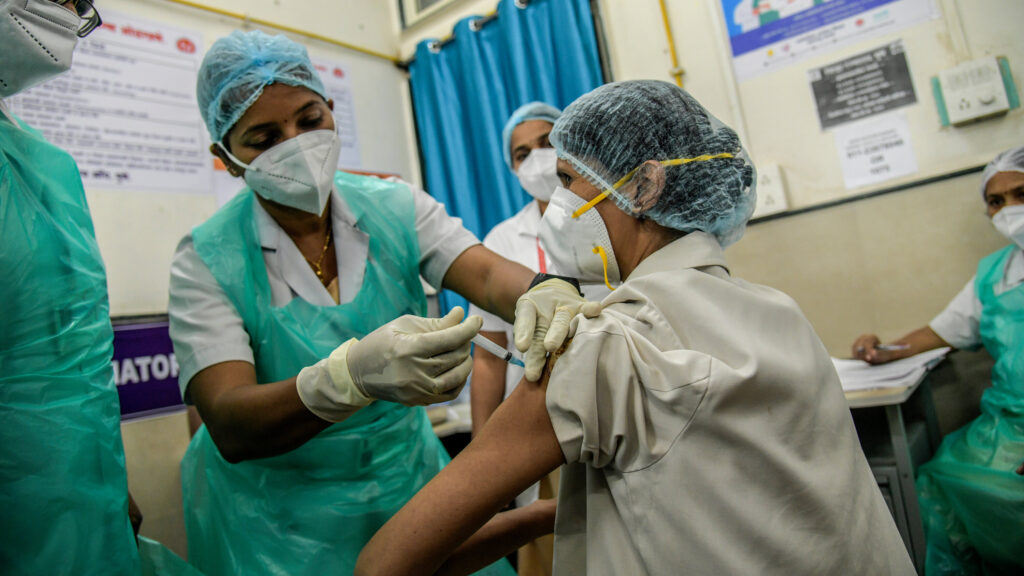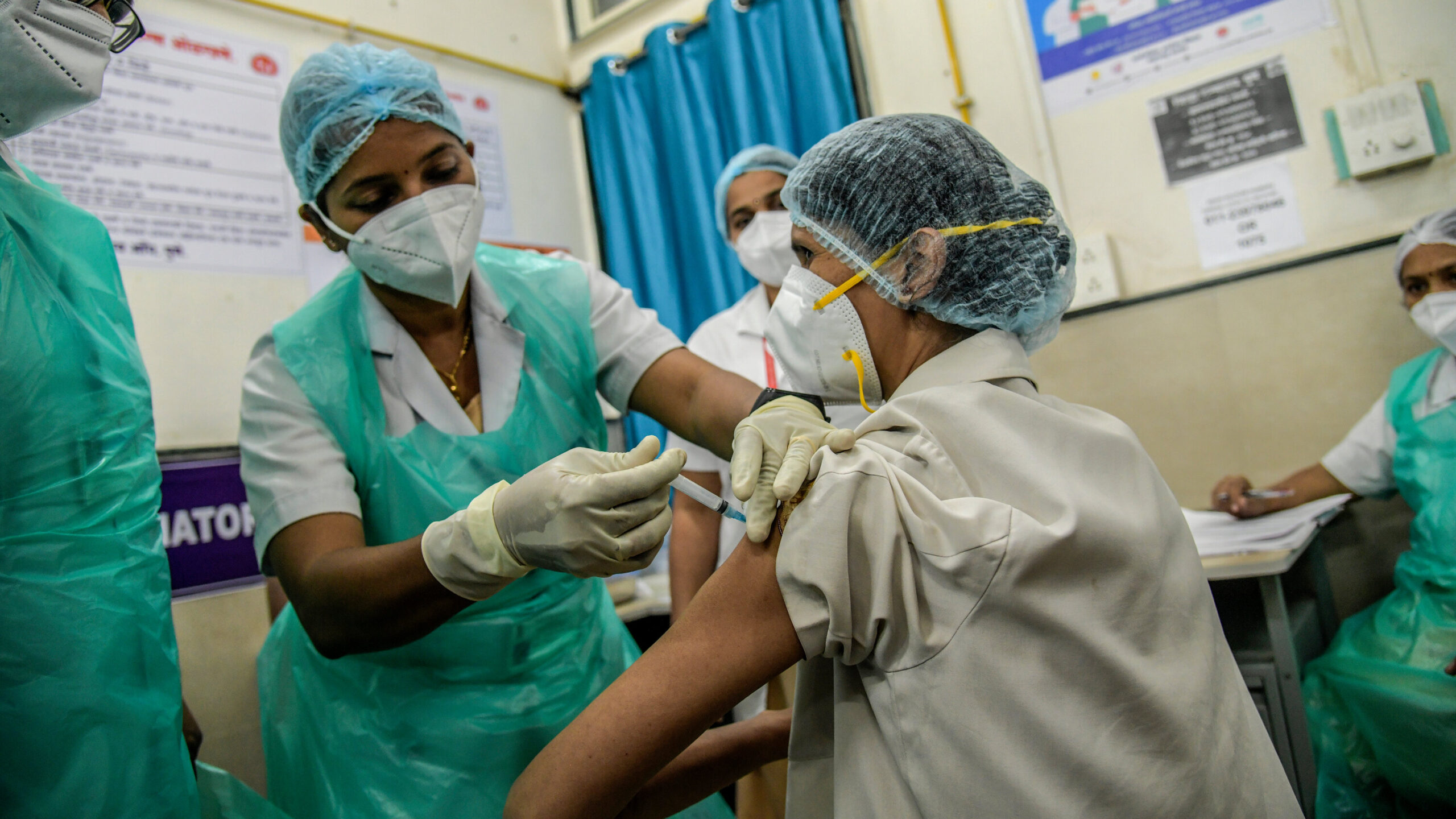
Understanding the Effects of the DPT Vaccine: Benefits and Potential Risks
The DPT vaccine, a combined immunization against diphtheria, pertussis (whooping cough), and tetanus, has been a cornerstone of public health for decades. Its widespread use has dramatically reduced the incidence of these potentially life-threatening diseases, particularly in children. However, like all medical interventions, the DPT vaccine is associated with both benefits and potential risks. Understanding these effects of the DPT vaccine is crucial for informed decision-making regarding vaccination.
This article aims to provide a comprehensive overview of the effects of the DPT vaccine, covering its efficacy, common side effects, rare but serious adverse events, and the overall risk-benefit profile. We will delve into the science behind the vaccine, explore the historical impact of DPT immunization programs, and address common concerns and misconceptions surrounding its use. By presenting a balanced and evidence-based perspective, this article hopes to empower readers to make well-informed choices about their health and the health of their children.
What is the DPT Vaccine?
The DPT vaccine is a combination vaccine that protects against three bacterial diseases: diphtheria, pertussis, and tetanus. Each component of the vaccine works differently to stimulate the immune system and provide protection against the corresponding disease.
- Diphtheria: Diphtheria is a serious infection caused by the bacterium Corynebacterium diphtheriae. It primarily affects the respiratory system, causing a thick coating in the throat that can make it difficult to breathe or swallow. The diphtheria component of the DPT vaccine contains a toxoid, which is an inactivated toxin that stimulates the body to produce antibodies against the diphtheria toxin.
- Pertussis (Whooping Cough): Pertussis, commonly known as whooping cough, is a highly contagious respiratory infection caused by the bacterium Bordetella pertussis. It is characterized by severe coughing fits followed by a high-pitched “whoop” sound during inhalation. The pertussis component of the DPT vaccine can be either a whole-cell pertussis vaccine (wP) or an acellular pertussis vaccine (aP). Whole-cell vaccines contain inactivated whole cells of Bordetella pertussis, while acellular vaccines contain purified antigens from the bacteria. Acellular vaccines are generally associated with fewer side effects than whole-cell vaccines.
- Tetanus: Tetanus, also known as lockjaw, is a serious infection caused by the bacterium Clostridium tetani. The bacteria typically enter the body through a wound and produce a toxin that affects the nerves, causing muscle stiffness and spasms. The tetanus component of the DPT vaccine contains a toxoid, similar to the diphtheria component, which stimulates the body to produce antibodies against the tetanus toxin.
The DPT vaccine is typically administered as a series of injections, starting in infancy and continuing through childhood. Booster doses are often recommended in adulthood to maintain immunity. The specific schedule and formulation of the DPT vaccine may vary depending on the country and the manufacturer.
Benefits of the DPT Vaccine
The primary benefit of the DPT vaccine is protection against diphtheria, pertussis, and tetanus. These diseases can cause serious complications, including death, especially in infants and young children. The DPT vaccine has been shown to be highly effective in preventing these diseases and reducing their severity.
- Prevention of Diphtheria: Before the widespread use of the diphtheria vaccine, diphtheria was a major cause of morbidity and mortality, particularly among children. The DPT vaccine has dramatically reduced the incidence of diphtheria worldwide.
- Prevention of Pertussis: Pertussis is a highly contagious disease that can cause severe coughing fits, pneumonia, seizures, brain damage, and death, especially in infants. The DPT vaccine has been shown to be effective in preventing pertussis and reducing its severity. However, immunity to pertussis wanes over time, so booster doses are often recommended.
- Prevention of Tetanus: Tetanus is a serious infection that can cause muscle stiffness, spasms, and death. The DPT vaccine has been shown to be highly effective in preventing tetanus. Booster doses are recommended every 10 years to maintain immunity.
In addition to protecting individuals from these diseases, the DPT vaccine also contributes to herd immunity, which is the protection of unvaccinated individuals in a population due to the high proportion of vaccinated individuals. Herd immunity helps to prevent the spread of these diseases and protect those who cannot be vaccinated, such as infants too young to be vaccinated or individuals with certain medical conditions.
Potential Risks and Side Effects of the DPT Vaccine
Like all vaccines, the DPT vaccine can cause side effects. Most side effects are mild and temporary, such as pain, redness, or swelling at the injection site, fever, fussiness, and fatigue. These side effects typically resolve within a few days.
However, in rare cases, the DPT vaccine can cause more serious adverse events. These events are very rare, but it is important to be aware of them. Serious adverse events associated with the DPT vaccine may include:
- Allergic Reactions: Severe allergic reactions, such as anaphylaxis, are very rare but can occur after vaccination. Anaphylaxis is a life-threatening allergic reaction that requires immediate medical attention.
- Seizures: Seizures can occur after vaccination, particularly in children with a history of seizures. Febrile seizures, which are seizures caused by fever, are the most common type of seizure associated with the DPT vaccine.
- Persistent, Inconsolable Crying: Some infants may experience persistent, inconsolable crying for several hours after vaccination.
- Encephalopathy: Encephalopathy, a brain disorder, is a very rare but serious adverse event that has been associated with the DPT vaccine, particularly the whole-cell pertussis vaccine.
It is important to note that the benefits of the DPT vaccine far outweigh the risks. The risk of experiencing a serious adverse event after vaccination is very low, while the risk of contracting diphtheria, pertussis, or tetanus and experiencing serious complications is much higher.
DPT Vaccine and Autism: Addressing Misconceptions
One of the most persistent and harmful misconceptions surrounding vaccines is the claim that the DPT vaccine causes autism. This claim has been thoroughly debunked by numerous scientific studies. There is no credible evidence to support a link between the DPT vaccine and autism.
The original study that sparked this controversy was published in 1998 by Andrew Wakefield and colleagues in the medical journal The Lancet. The study claimed to have found a link between the measles, mumps, and rubella (MMR) vaccine and autism. However, the study was later retracted by The Lancet due to serious ethical and methodological flaws. Wakefield was also found to have had undisclosed financial conflicts of interest.
Since then, numerous studies have been conducted to investigate the possible link between vaccines and autism. These studies have consistently found no evidence of a link. Organizations such as the Centers for Disease Control and Prevention (CDC) and the World Health Organization (WHO) have also concluded that there is no evidence to support a link between vaccines and autism.
It is important to rely on credible sources of information and to be wary of misinformation and conspiracy theories. Vaccines are one of the safest and most effective medical interventions available. They have saved millions of lives and have dramatically reduced the incidence of infectious diseases.
The DTaP and Tdap Vaccines: Newer Formulations
Over time, the DPT vaccine has evolved into newer formulations, such as the DTaP and Tdap vaccines. These vaccines offer similar protection against diphtheria, tetanus, and pertussis but with some key differences.
- DTaP Vaccine: The DTaP vaccine is used for children under the age of 7. It contains acellular pertussis antigens, which are associated with fewer side effects than the whole-cell pertussis antigens used in the original DPT vaccine.
- Tdap Vaccine: The Tdap vaccine is used for older children, adolescents, and adults. It contains a reduced dose of diphtheria and pertussis toxoids compared to the DTaP vaccine. The Tdap vaccine is recommended as a booster dose for adolescents and adults to maintain immunity to diphtheria, tetanus, and pertussis.
The choice between the DTaP and Tdap vaccines depends on the age of the individual and their vaccination history. Healthcare providers can provide guidance on which vaccine is most appropriate.
Making Informed Decisions about Vaccination
The decision to vaccinate is a personal one that should be made in consultation with a healthcare provider. It is important to weigh the benefits and risks of vaccination and to consider the individual’s medical history and risk factors.
When making decisions about vaccination, it is important to:
- Talk to your healthcare provider: Your healthcare provider can answer your questions and address your concerns about vaccination.
- Get information from credible sources: Rely on information from reputable sources, such as the CDC, WHO, and the American Academy of Pediatrics.
- Be wary of misinformation: Be cautious of information that is not based on scientific evidence or that comes from unreliable sources.
- Understand the risks and benefits: Weigh the risks and benefits of vaccination and consider the individual’s medical history and risk factors.
Vaccines are one of the most effective tools we have to protect ourselves and our communities from infectious diseases. By making informed decisions about vaccination, we can help to prevent the spread of these diseases and protect those who are most vulnerable.
Conclusion
The effects of the DPT vaccine are overwhelmingly positive. It has proven to be a safe and effective way to protect against serious diseases like diphtheria, pertussis, and tetanus. While side effects of the DPT vaccine can occur, they are usually mild and temporary. Severe reactions are rare. The benefits of vaccination far outweigh the risks, making it a crucial part of public health efforts to reduce the incidence of these potentially deadly diseases. The effects of the DPT vaccine on public health have been significant, drastically reducing the incidence of these diseases worldwide. The effects of the DPT vaccine contribute to herd immunity, protecting even those who cannot be vaccinated. The DTaP and Tdap vaccines, newer formulations, offer similar protection with potentially fewer side effects of the DPT vaccine. Understanding the effects of the DPT vaccine, including its benefits and potential risks, is essential for making informed decisions about vaccination. The effects of the DPT vaccine continue to be studied and monitored to ensure its safety and effectiveness. The effects of the DPT vaccine also include the reduction of healthcare costs associated with treating these diseases. The effects of the DPT vaccine are a testament to the power of vaccination in preventing infectious diseases. The effects of the DPT vaccine have been transformative in protecting children and adults from these serious illnesses. The effects of the DPT vaccine are a cornerstone of modern public health and have saved countless lives. Considering the effects of the DPT vaccine, vaccination remains a critical tool in preventing the spread of infectious diseases. The effects of the DPT vaccine are well-documented and support its continued use as a safe and effective immunization strategy. The effects of the DPT vaccine are a clear demonstration of the benefits of preventive medicine.
[See also: Vaccine Side Effects: What to Expect] [See also: Understanding Childhood Immunization Schedules]

